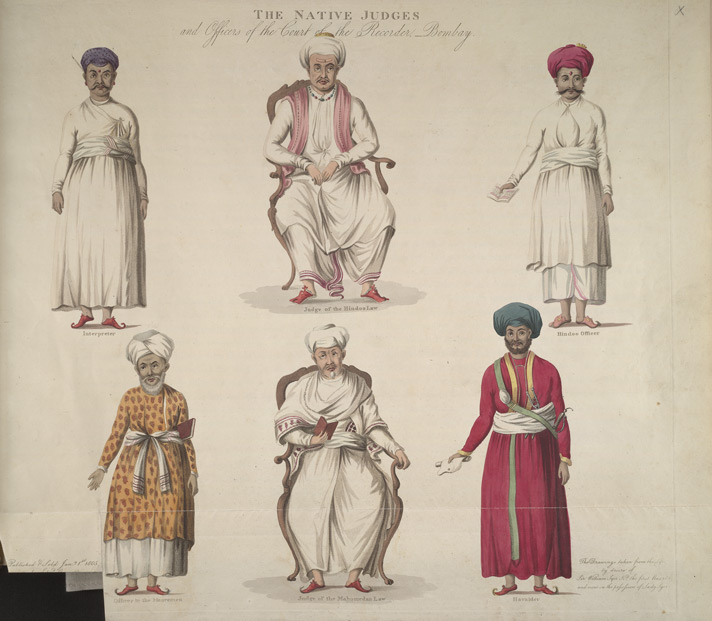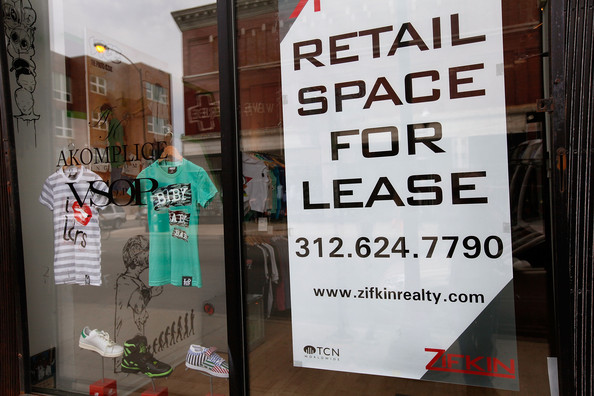|
Charles Calthorpe
Sir Charles Calthorpe (c. 1540 – 1616) was an English-born Crown official and judge in Elizabethan and Jacobean Ireland. Prior to his appointment to the Irish High Court in 1606, he had been Attorney General for Ireland for more than 20 years, despite frequent criticisms of his professional incompetence. He was a close political associate of the Lord Deputy of Ireland, Sir John Perrot: Perrot's downfall damaged his career, but he was eventually restored to royal favour. Early life He belonged to an old Norfolk family; his father was Sir Francis Calthorpe of Hempstead and his mother was Elizabeth Berney, daughter of Ralph Berney of Gunton Hall, near Suffield.Ball 1926, p. 318 His grandfather was Sir William Calthorpe (died 1494), High Sheriff of Norfolk and Suffolk, who was probably the grandson of the earlier Sir William (died 1420) whose memorial brass can still be seen in All Saints Church, Burnham Thorpe. On their father's death in 1544 Hempstead, which had come to Ch ... [...More Info...] [...Related Items...] OR: [Wikipedia] [Google] [Baidu] [Amazon] |
Judge
A judge is a person who wiktionary:preside, presides over court proceedings, either alone or as a part of a judicial panel. In an adversarial system, the judge hears all the witnesses and any other Evidence (law), evidence presented by the barristers or solicitors of the case, assesses the credibility and arguments of the parties, and then issues a Court order, ruling in the Case law, case based on their Judicial interpretation, interpretation of the law and their own personal judgment. A judge is expected to conduct the trial impartially and, typically, in an in open court, open court. The powers, functions, method of appointment, discipline, and training of judges vary widely across different jurisdictions. In some jurisdictions, the judge's powers may be shared with a jury. In inquisitorial systems of criminal investigation, a judge might also be an examining magistrate. The presiding judge ensures that all court proceedings are lawful and orderly. Powers and functions The ult ... [...More Info...] [...Related Items...] OR: [Wikipedia] [Google] [Baidu] [Amazon] |
Called To The Bar
The call to the bar is a legal term of art in most common law jurisdictions where persons must be qualified to be allowed to argue in court on behalf of another party and are then said to have been "called to the bar" or to have received "call to the bar". "The bar" is now used as a collective noun for barristers, but literally referred to the wooden barrier in old courtrooms, which separated the often crowded public area at the rear from the space near the judges reserved for those having business with the court. Barristers would sit or stand immediately behind it, facing the judge, and could use it as a table for their briefs. Like many other common law terms, the term originated in England in the Middle Ages, and the ''call to the bar'' refers to the summons issued to one found fit to speak at the "bar" of the royal courts. In time, English judges allowed only legally qualified men to address them on the law and later delegated the qualification and admission of barristers to ... [...More Info...] [...Related Items...] OR: [Wikipedia] [Google] [Baidu] [Amazon] |
Adam Loftus (bishop)
Adam Loftus (c. 1533 – 5 April 1605) was an English Roman Catholic priest from North Yorkshire who conformed to Anglicanism following the ascension to the throne of Queen Elizabeth I of England. Loftus subsequently served as Church of Ireland Archbishop of Armagh, Archbishop of Dublin, and Lord Chancellor of Ireland from 1581. Loftus is particularly important to Irish history as the first Provost of Trinity College Dublin and for his central role in the 1584 torture and execution of Archbishop Dermot O'Hurley, who was Beatified by Pope John Paul II as one of the Irish Catholic Martyrs in 1992. Loftus is also notable, through the marriage of his daughter Anne to the son and heir of Sir Henry Colley and their subsequent issue, as the ancestor of Arthur Wellesley, 1st Duke of Wellington. Early life Adam Loftus was born in 1533, the second son of Edward Loftus, bailiff of Swineside (also described as Swineshead) in Coverdale, one of the Yorkshire Dales, for Coverham Abbey. E ... [...More Info...] [...Related Items...] OR: [Wikipedia] [Google] [Baidu] [Amazon] |
Star Chamber
The court of Star Chamber () was an English court that sat at the royal Palace of Westminster, from the late to the mid-17th century (), and was composed of privy counsellors and common-law judges, to supplement the judicial activities of the common-law and equity courts in civil and criminal matters. It was originally established to ensure the fair enforcement of laws against socially and politically prominent people sufficiently powerful that ordinary courts might hesitate to convict them of their crimes. It was mainly a court of appeal and could impose any penalty, except the death penalty, in its own right. At various times it had sub-courts for particular areas, notably for appeals of "poor man's causes". The Chamber building itself was also sometimes used for other councils, courts, and committee meetings, which may cause confusion as to the role of the court of Star Chamber. In modern times, legal or administrative bodies with strict, arbitrary rulings, no due proces ... [...More Info...] [...Related Items...] OR: [Wikipedia] [Google] [Baidu] [Amazon] |
Court Of Castle Chamber
The Court of Castle Chamber (which was sometimes simply called ''Star Chamber'') was an Irish court of special jurisdiction which operated in the sixteenth and seventeenth centuries. It was established by Elizabeth I of England in 1571 to deal with cases of riot and public order crime generally, and all crimes which threatened the security of the Crown. It was explicitly modelled on the English Court of Star Chamber, and it was often referred to as ''Star Chamber''.Ball, F. Elrington ''The Judges in Ireland 1221–1921'' John Murray London 1926 Vol.1 p.255 It took its name from the chamber (which no longer exists) which was specially built for it in Dublin Castle, situated over the main gate. The Court of Castle Chamber in its early decades was, like Star Chamber, popular with members of the public who, under the guise of complaining about cases of riot or public disorder, brought their private lawsuits to Castle Chamber, which was often swamped with private business as a result ... [...More Info...] [...Related Items...] OR: [Wikipedia] [Google] [Baidu] [Amazon] |
Learning
Learning is the process of acquiring new understanding, knowledge, behaviors, skills, value (personal and cultural), values, Attitude (psychology), attitudes, and preferences. The ability to learn is possessed by humans, non-human animals, and some machine learning, machines; there is also evidence for some kind of learning in certain plants. Some learning is immediate, induced by a single event (e.g. being burned by a Heat, hot stove), but much skill and knowledge accumulate from repeated experiences. The changes induced by learning often last a lifetime, and it is hard to distinguish learned material that seems to be "lost" from that which cannot be retrieved. Human learning starts at birth (it might even start before) and continues until death as a consequence of ongoing interactions between people and their environment. The nature and processes involved in learning are studied in many established fields (including educational psychology, neuropsychology, experimental psycho ... [...More Info...] [...Related Items...] OR: [Wikipedia] [Google] [Baidu] [Amazon] |
Partisanship
A partisan is a committed member or supporter of a political party or political movement. In multi-party systems, the term is used for persons who strongly support their party's policies and are reluctant to compromise with political opponents. United States The term's meaning has changed dramatically over the last 60 years in the United States. Before the American National Election Study (described in Angus Campbell et al., in '' The American Voter'') began in 1952, an individual's partisan tendencies were typically determined by their voting behaviour. Since then, "partisan" has come to refer to an individual with a psychological identification with one or the other of the major parties. Depending on their political beliefs, candidates may join a party. As they build the framework for career advancement, parties are more often than not the preferred choice for candidates. There are many parties in a system, and candidates often join them instead of standing as an Independent ... [...More Info...] [...Related Items...] OR: [Wikipedia] [Google] [Baidu] [Amazon] |
Mallow, County Cork
Mallow (; ) is a town in County Cork, Ireland, approximately thirty-five kilometres north of Cork (city), Cork City. Mallow is in a townland and Civil parishes in Ireland, civil parish of the same name, in the Fermoy (barony), barony of Fermoy. It is the administrative centre of north County Cork, and the Northern Divisional Offices of Cork County Council are located in the town. Mallow is part of the Cork North-Central (Dáil constituency), Cork North-Central Dáil constituencies, Dáil constituency after being moved from the Cork East (Dáil constituency), Cork East Dáil Constituency in 2023. Name The earliest form of the name is ''Magh nAla'', meaning "plain of the stone". In the anglicisation "Mallow", ''-ow'' originally represented a Vowel reduction, reduced schwa sound (), which is now however pronounced as a full vowel . In 1975, ''Mala''—a shortening of ''Magh nAla''—was among the first Irish placenames adopted by statutory instrument, statute, on the advice of the ... [...More Info...] [...Related Items...] OR: [Wikipedia] [Google] [Baidu] [Amazon] |
County Galway
County Galway ( ; ) is a Counties of Ireland, county in Republic of Ireland, Ireland. It is in the Northern and Western Region, taking up the south of the Provinces of Ireland, province of Connacht. The county population was 276,451 at the 2022 census. There are several Gaeltacht, Irish-speaking areas in the west of the county. The traditional county includes the city of Galway, but the city and county are separate local government areas, administered by the Local government in the Republic of Ireland, local authorities of Galway City Council in the urban area and Galway County Council in the rest of the county. History The first inhabitants in the Galway area arrived around the 5th millennium BC. Shell middens indicate the existence of people as early as 5000 BC. The county originally comprised several kingdoms and territories which predate the formation of the county. These kingdoms included , , , , and . County Galway became an official entity around 1569 AD. The region ... [...More Info...] [...Related Items...] OR: [Wikipedia] [Google] [Baidu] [Amazon] |
Kilconnell
Kilconnell () is a small rural village in County Galway, Ireland. The village gives its name to the barony of Kilconnell, formerly held by the Lords de Freyne. In 2006 David Tye purchased the original feudal Barony of Kilconnell created in 1170 from Lord de Freyne and is the present holder. The feudal Barony of Kilconnell is registered in Ireland. There is also a peerage title, Baron Kilconnel, created in 1797, and later a subsidiary title of the Earls of Clancarty. The village is in a civil parish of the same name. Its rural population in 2011 was 670. The land is mainly used for dairy farming and the raising of cattle. It was once part of the kingdom of the Soghain of Connacht before being conquered by the Uí Maine. The last known prosecution of a priest under the Popery Acts was the trial in 1822 of Fr John O'Connor, parish priest of Aughrim and Kilconnell, at the Galway Summer Assizes. He was acquitted. This village was the birthplace of Fianna Fáil Teachta Dála (TD) ... [...More Info...] [...Related Items...] OR: [Wikipedia] [Google] [Baidu] [Amazon] |
Lease
A lease is a contractual arrangement calling for the user (referred to as the ''lessee'') to pay the owner (referred to as the ''lessor'') for the use of an asset. Property, buildings and vehicles are common assets that are leased. Industrial or business equipment are also leased. In essence, a lease agreement is a contract between two parties: the lessor and the lessee. The lessor is the legal owner of the asset, while the lessee obtains the right to use the asset in return for regular rental payments. The lessee also agrees to abide by various conditions regarding their use of the property or equipment. For example, a person leasing a car may agree to the condition that the car will only be used for personal use. The term rental agreement can refer to two kinds of leases: * A lease in which the asset is tangible property. Here, the user '' rents'' the asset (e.g. land or goods) ''let out'' or ''rented out'' by the owner (the verb ''to lease'' is less precise because it can ... [...More Info...] [...Related Items...] OR: [Wikipedia] [Google] [Baidu] [Amazon] |





